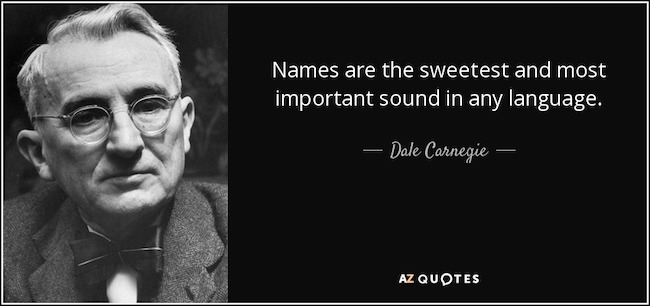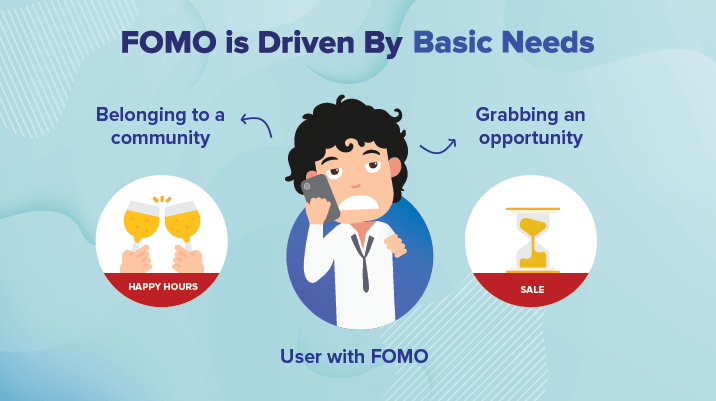According to Prof. Albert Mehrabian of the University of California in Los Angeles, the key ingredients of effective personal communication are:
For a phone call, if we consider the element of body language neutralized (Or so you might think. Read on to find out how body language still plays a role in phone calls), then the words and the tone of the call play a much greater role.
The recipe to a successful phone call contains:
- The right dialogue
- The right
- tone
- And the perfect follow-up
Let’s take a look at each of these ingredients in detail.
Crafting your dialogue
Keep your agents on track with calling scripts
No matter how experienced they are, callers are bound to face some anxiety when reaching out to contacts they don’t know. A script can lift some of that pressure by keeping agents on track with what they want to say.
If your agent or volunteer is the one leading the conversation and things are going according to script, that’s good. But once contacts start asking questions of their own, the conversations are bound to go off in different directions. Be sure to keep your script flexible.
Here’s a structure that your script can follow:
Introduce yourself
The people on the other end of the line want to know who’s calling, and why. Answering those questions at the outset of a call is a good note to start on.
For example:
Hello, Amanda. This is Mark, raising funds for Hope Society. How are you, this evening?
(Around Holiday Seasons, starting with Happy New Year or Happy Holidays is acceptable.)
Offer some background information
You have introduced yourself, and who you represent, but to keep contacts on the line, you need to give germane information about your organization. Keep it short and bring attention to what exactly you are proposing to your contacts.
Ask leading questions
Chances are, you don’t know enough about the contact you are calling to make a truly effective pitch. Ask questions that will allow you to fill in these knowledge gaps and make a more convincing argument.
For example:
Do you mind telling us about the main challenges you face when it comes to organizing a conference and recruiting volunteers?
Close the conversation
You don’t always need to make a hard push to convert your contacts on the call. If they need some more time to think about your proposition, then giving them that time is always the better option. If this is a cold call, then the above is especially true.
Let them know you will be following up with them through another call or a text message and then sign off by thanking them for their time.
Say their name, and often
Names hold power. It’s a trope you’ll find common in a lot of fantasy books. But as with all tropes, it’s something that’s rooted in reality.
Liberal use of a contact’s name is a good way to build a connection with them. By saying someone’s name, you show that your attention is completely on them. And when we hear our name spoken by someone else, we instinctively turn towards them to listen.
Dale Carnegie said it best:

Use connecting words
These three connectors: “as”, “because”, and “that is why” can improve the effectiveness of the arguments you make with contacts.
Take the example of this study by Ellen Langer at Harvard. Langer tried asking people if she could cut in line at a library to photocopy some papers:
“Excuse me, I have five pages. May I use the Xerox machine because I’m in a rush?”
94% of people agreed to let her use the machine.
“Excuse me, I have five pages. May I use the Xerox machine?”
60% of people agreed.
You might note: In the first case, she gave a reason for needing to use the Xerox machine, which influenced the positive results.
Further experiments proved otherwise:
“Excuse me, I have five pages. May I use the Xerox machine because I have to make some copies?”
93% of people agreed.
The reason given here is clearly less convincing than in the first example (everyone is standing at the xerox machine to make copies), but nearly the same percentage of people agreed to let her use the machine.
Take advantage of the Yes Cycle
Humans like being consistent. This is clear from how we talk to other people.
A persuasive caller can take advantage of this tendency.
Put the “Yes” cycle to work by asking people questions to which you know the answer will be yes, before talking about your offer or request. Because of the tendency of the human mind to want to stay consistent, chances are your contact will proceed to answer yes to whatever you are proposing (within reason).
For example, Mary remembered hearing from her boss that the director of the company she is offering a proposal to went to Disney Land on holiday with his kids. Here’s how she can use it to her advantage:
“So, Jon, how was your summer? Did you end up going to Disney Land?”
“Yes, I did, it was great! Thanks for asking.”
“I’m glad to hear that. And did your kids come along?”
“Yes, we had a fabulous time. It a fun place to visit.”
“I totally agree! So, about that proposal I suggested. Do you think it could benefit your organization?
Once you’ve got your contact into the cycle, chances are, the answer to that important question is yes.
Crafting your tone
Keep it light
Moods are infectious, and by having a jovial, light-hearted tone, you can subconsciously convince the person on the other end to be more receptive to what you have to say.
Not just that, whether the objective of the call is met or not, both the caller and receiver can come out of it feeling good.
Listen actively
For productive dialogue to take place, there needs to be active listening. Both sides need to be invested in the conversation taking place. As the person making the call, it is much more important for you to take steps to build a rapport with contacts. That means paying attention to what your audience is saying.
On a phone call, that means more than just nodding your head. You want to make it known to your audience that they have your attention.
You can do that by,
- Paraphrasing and repeating the information you receive to show that you are following and showing interest.
- The use of verbal affirmations such as “Yes”, “I understand” and “Go on” when the speaker pauses.
Use FOMO to your advantage

If you are offering a service that you want contacts to buy into, by emphasizing to your contacts that they risk missing out on something valuable, you have a better chance of them converting.
By inserting the worry of missing out in their minds you can create a sense of urgency. At the same time, it’s important to be absolutely genuine when it comes to explaining what you or your organization have to offer.
Note your body language
It’s might seem apparent, that due to the auditory nature of a phone call, you don’t have to worry about your posture during a call. With that being said, it’s entirely possible for listeners to pick up on traces of your posture in your voice.
There’s a clear connection between a speaker’s body language, inflection, and energy.
You can use that to your advantage. In most cases, you can create the tone you want to convey over a call by altering your physical location.
Want to appear upbeat and energetic?
Try walking around and actively using physical gestures.
To convey a casual tone of voice, you can try smiling as you speak
Once you do your research and establish plausible contact personas, these mental exercises will help you approach the conversation with the right attitude and deliver a persuasive message.
Offer Social Proof
People have a need to see corroboration before they commit to something. Nobody wants to regret decisions they make.
Show your audience the success stories of other organizations that took advantage of your services. If you’re a nonprofit soliciting donations, then talk about how the donations you receive are helping your cause.
Once you assure them that there are other people out there who have decided to make similar choices, they will be more willing to buy in.
Talk like an expert, or like you know one
If you happen to be an expert on the subject matter you are calling about, It’s a given that your contacts will trust you based on that authority.
Not an expert? No problem. Invoke the authority of others for a more convincing conversation.
There are several ways you can invoke some else’s expertise in your conversations:
- Quote a statistic from research
- Quote a line from an expert
Even without direct expertise, you can bring in trust by association as a very convincing persuasion tool.
Craft your followups
Believe it or not, your followups are the most important factor when it comes to converting your cold calls.
One way to do it is to schedule a followup call with each contact later on. Another option is to shoot them a text message immediately after a call
Send text message followups
You can send out a text message follow-up to reiterate your call in the minds of your contacts.
You can send a followup to:
- Confirm an appointment
- Send a calendar link for a demo
- Link to a donation page or petition
- Get RSVPs for an event
And more. The objective of the text is to ensure that the contact completes the action he has promised over call.
That is why, having a call center software that is capable of sending texts from calling campaigns will help improve the efficiency of your calling campaigns.
Related articles

No comments:
Post a Comment